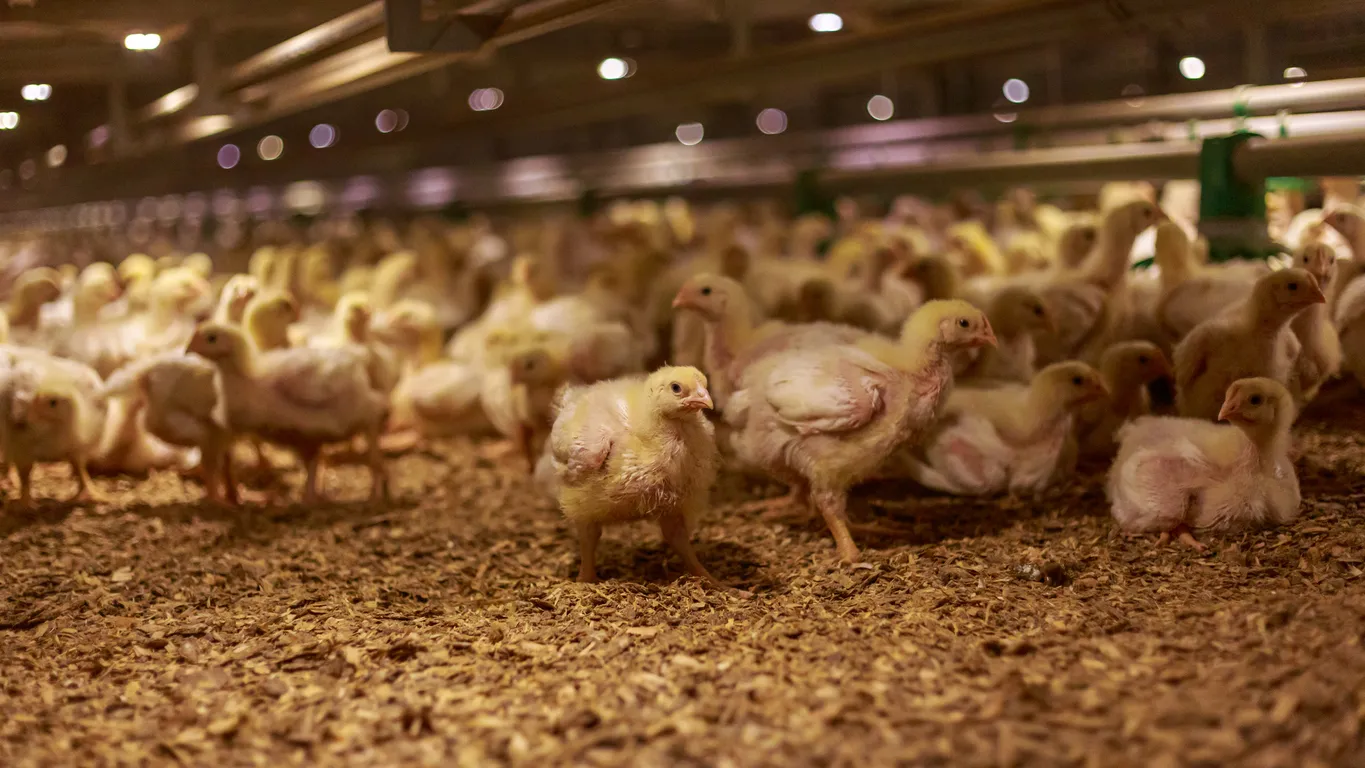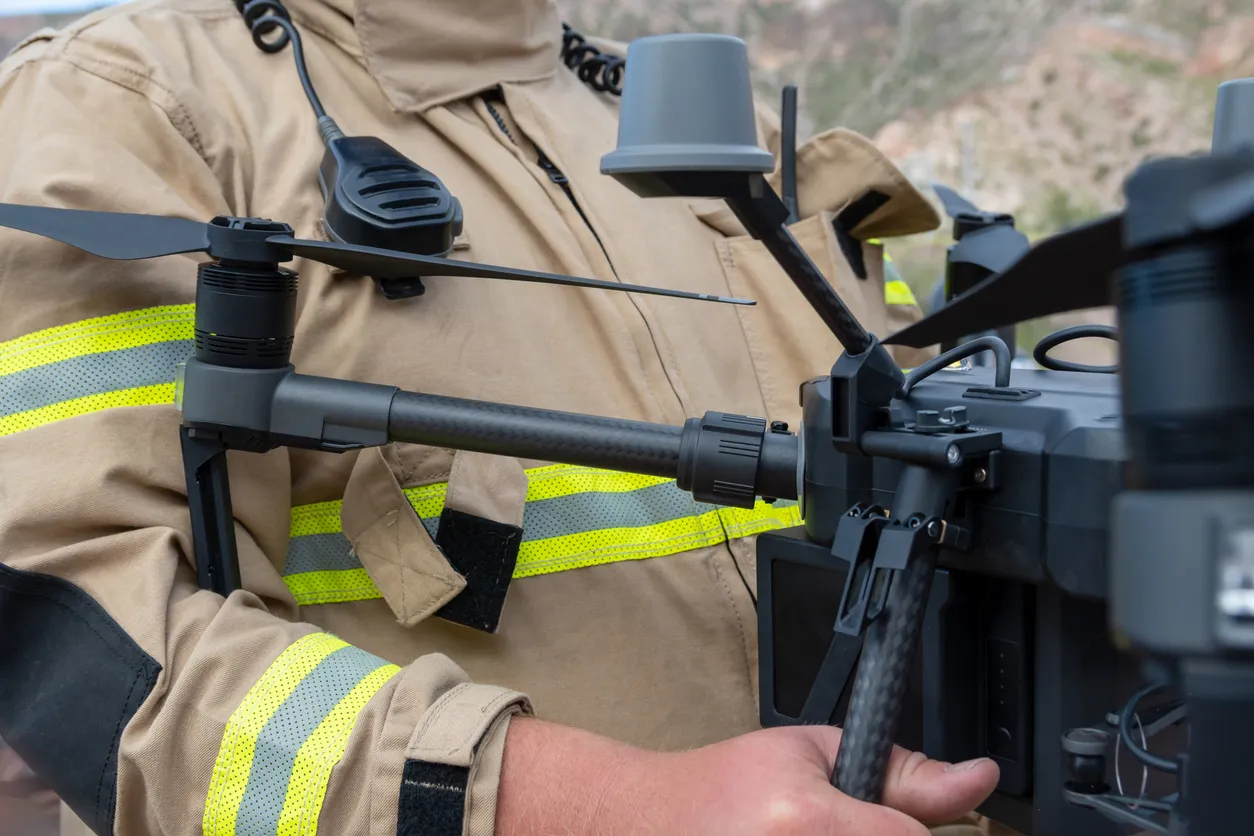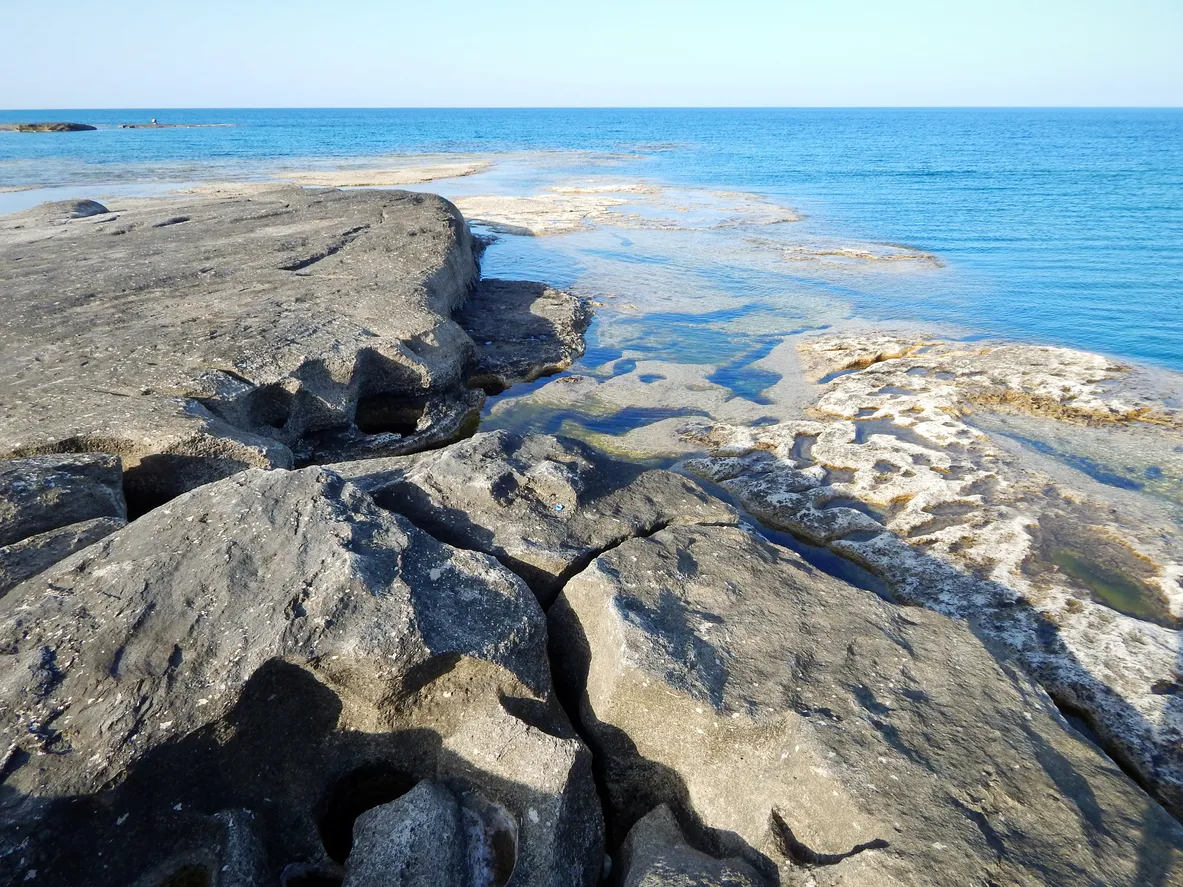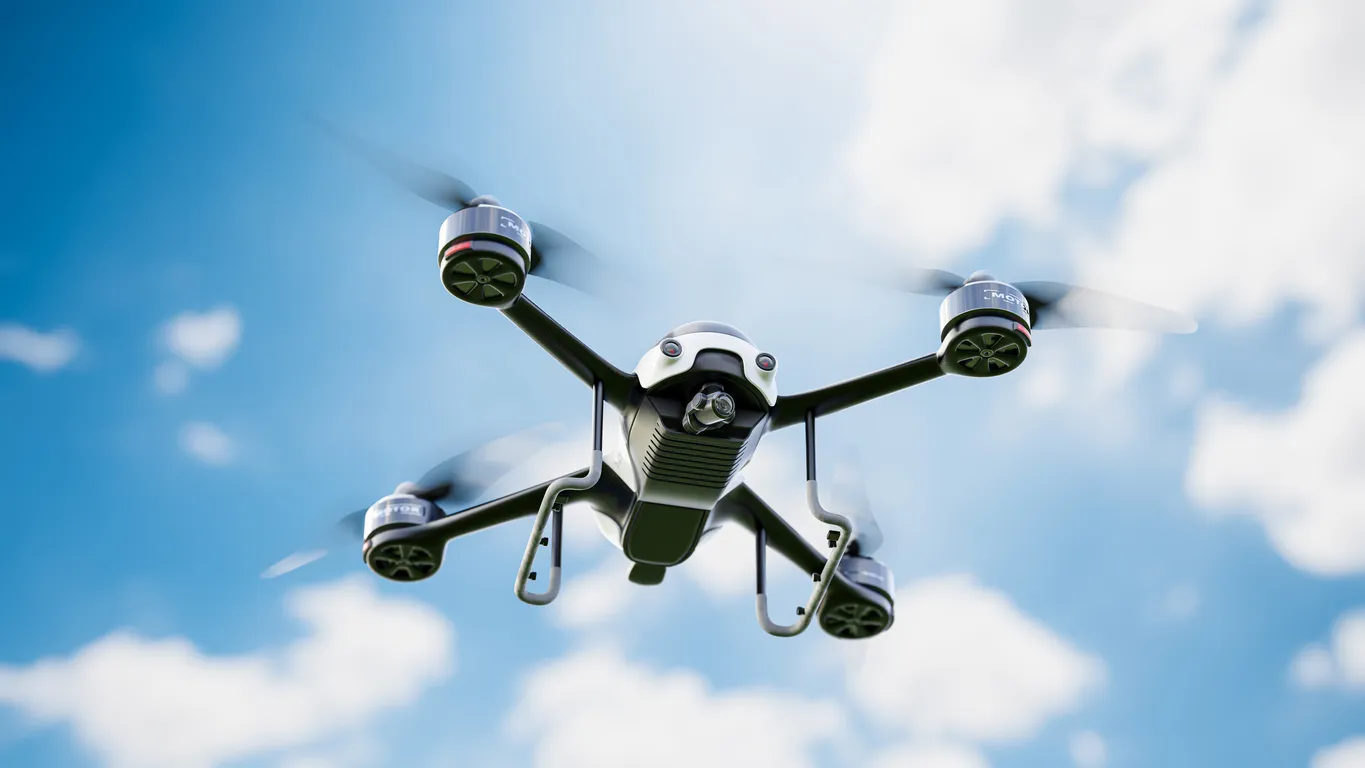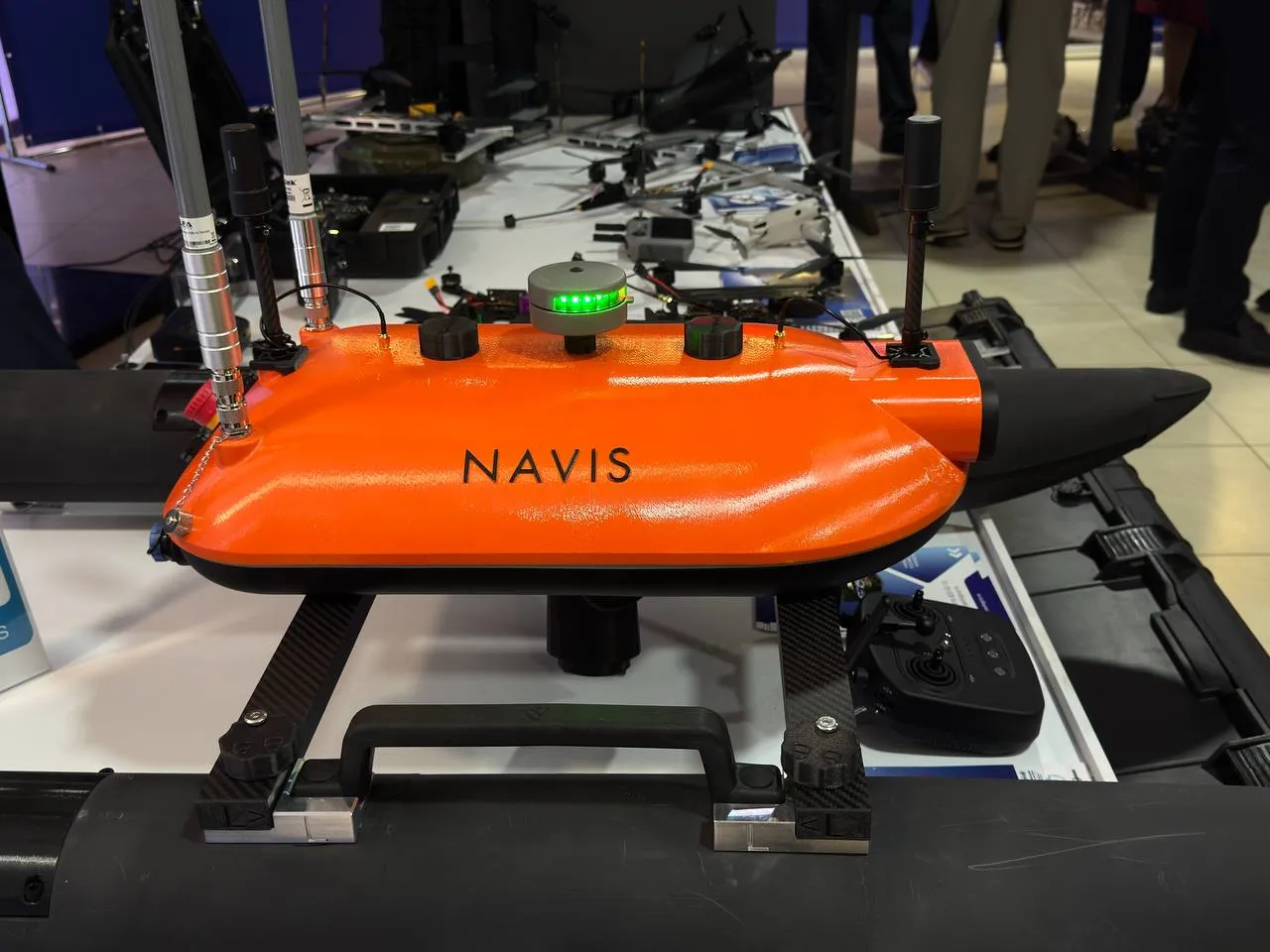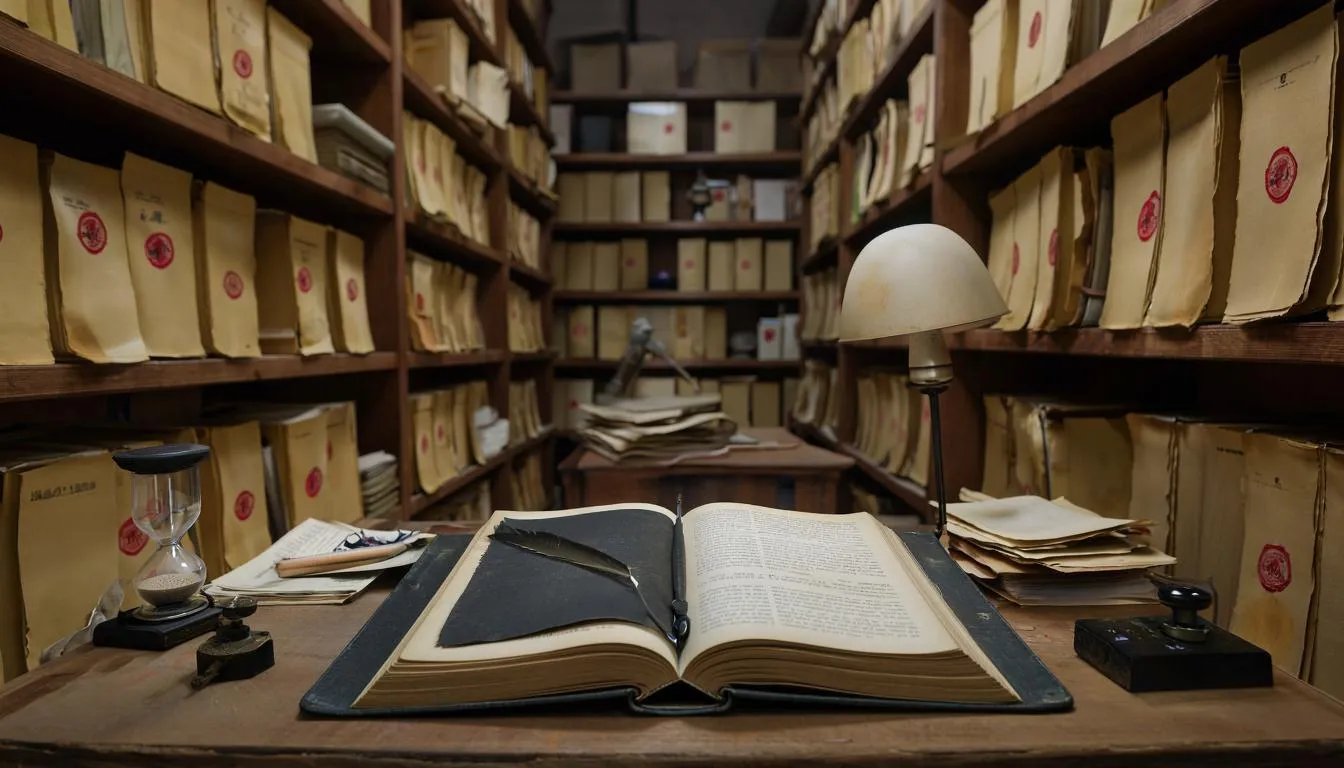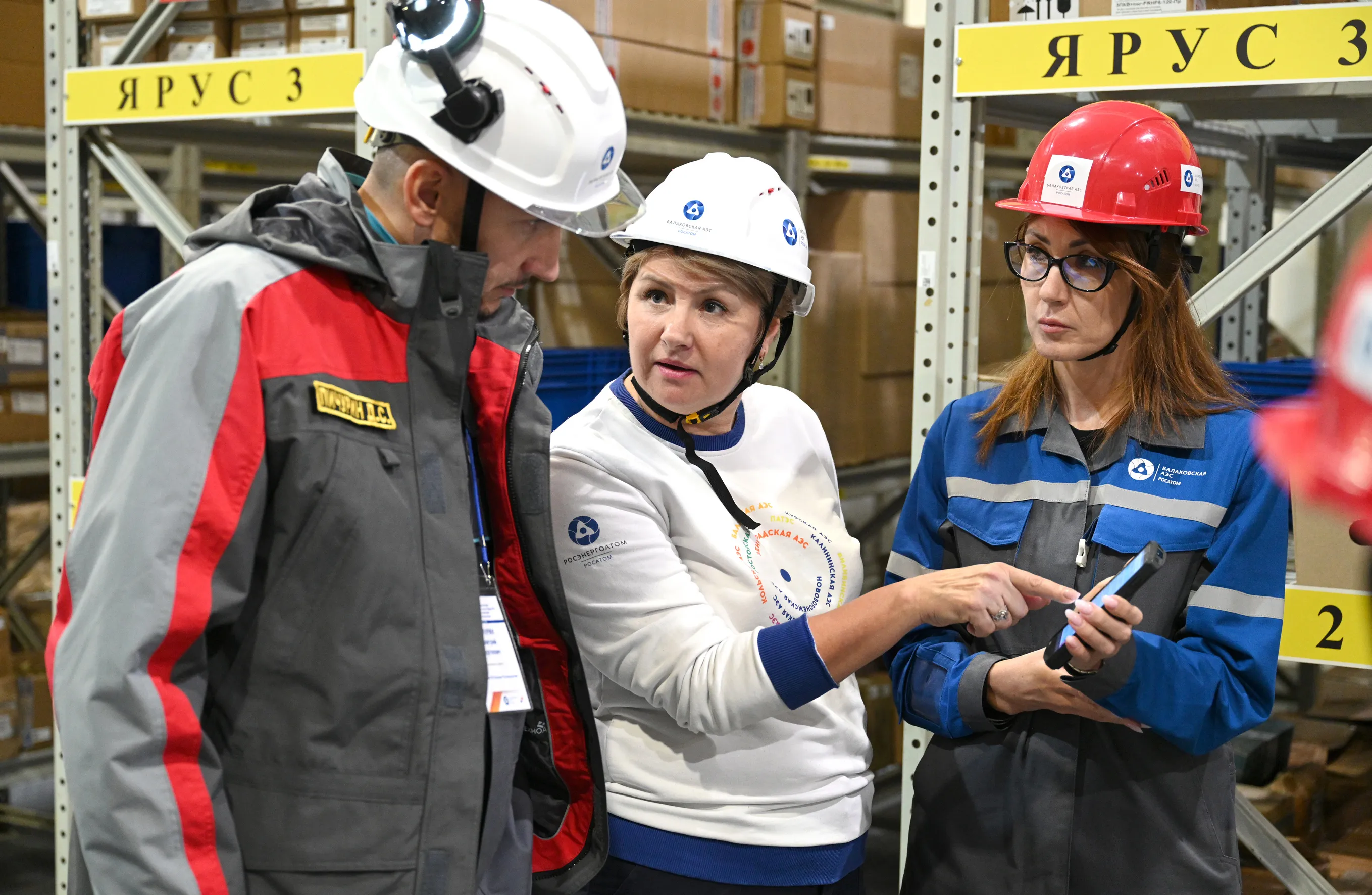Russian Scientists Use Neural Networks to Restore Populations of Rare Animals
Computer Vision Tracks Wildlife in Their Natural Habitats

Researchers at the Siberian Center for Artificial Intelligence at Tomsk State University are using neural networks to study and protect endangered species in Russia’s nature reserves. Their work is based on visual data collected during field expeditions and from automated camera systems set up in the wild.
Using drones and computer vision technology, the system can instantly identify animals in the frame — not just by species, but as individuals, such as specific bowhead whales or snow leopards. This prevents data duplication during population counts and enables scientists to monitor migration, health, and behavior patterns more accurately.
Researchers have already used AI to precisely count all bowhead whales in the Sea of Okhotsk, assessing their movement and environmental risks.
Open-Source Technology for Conservation
The next testing site will be a European bison reserve in the village of Cherga, where AI and automated cameras will monitor the animals across vast protected territories. Efforts to restore the nearly extinct species are now underway globally.
The Tomsk team has made its system available as an open-source tool called EcoAssist, expanding the project’s reach beyond research to education and citizen science. Biologists plan to involve students in real-world conservation challenges, using AI to protect biodiversity in some of the world’s most remote ecosystems.
















